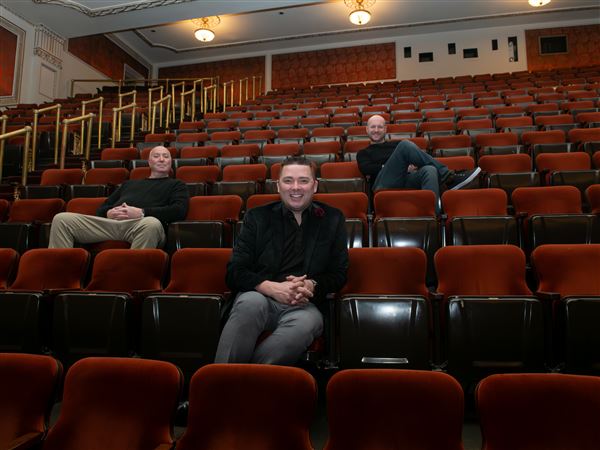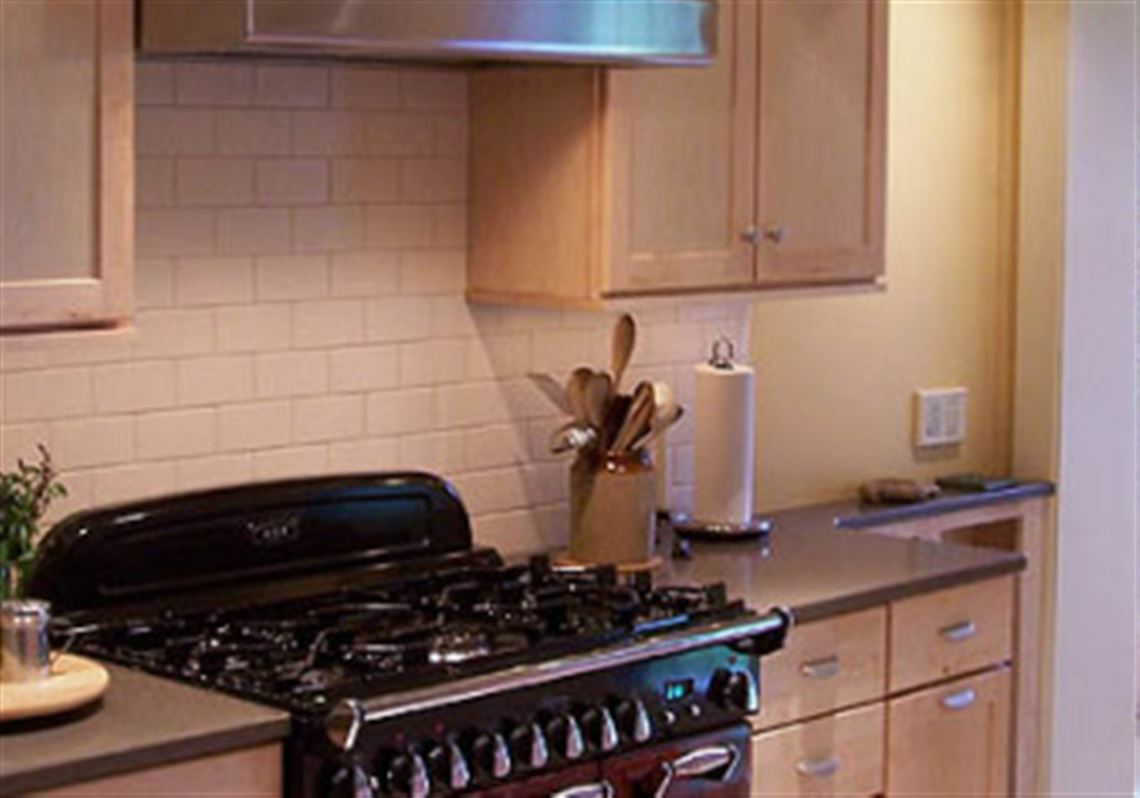Sometimes, the best part of a kitchen renovation is the part the homeowner never imagined.
The food prep area Fred Fargotstein designed for a couple in Highland Park is a great example. When the homeowners met with the Morningside architect (www.fmf-architect.com) for an initial consult in early 2008, their aim was to make a narrow, cramped kitchen more user-friendly and comfortable.
They had no idea that the best way to accomplish that was to move a staircase and create food preparation space in the adjoining butler's pantry.
Mr. Fargotstein's design made the kitchen a finalist in the 2008 Renovation Inspiration Contest, sponsored by the Post-Gazette and Community Design Center of Pittsburgh. The entry deadline for this year's contest is Dec. 14. Enter online at http://biz.post-gazette.com/renovationcontest.
One of the contest's prizes is a free RenPlan consult set up by the Community Design Center. Ironically, that's exactly how the Highland Park couple found Mr. Fargotstein.
The 13-year-old RenPlan program offers homeowners a two-hour consultation with a volunteer architect, landscape architect or interior designer for a fee of $150. The Highland Park couple, who asked to remain anonymous, were so impressed with the architect's ideas that they asked him to redesign the kitchen in their century-old home.
Remodeled badly sometime in the '60s (were pink laminate countertops ever a good idea?), the old kitchen had a U-shaped island that bisected the room into two narrow slivers. Further complicating the room's traffic flow was a rarely used servants' staircase that gobbled up precious counter and storage space.
"It was just beat, and not functional at all," recalls Mr. Fargotstein, who specializes in older homes.
Removing the staircase required a fair amount of "engineering gymnastics" to support the load-bearing wall, says Mr. Fargotstein. But general contractor John Cummings of Cummings Construction in the East End was up to the challenge. Removing the stairs gave the couple about 30 square feet of extra work space and allowed for a much more efficient layout.
"It just opened up our options," Mr. Fargotstein says.
The butler's pantry was also cluttered and ineffective. Absent the original cabinetry, it was little more than a pass-through to the dining room. An even bigger transgression was the view. Or, rather, lack of one.
The owners have a spectacular English garden in their backyard, with a pond and numerous bird feeders tucked among the flowers and greenery. Yet the pantry had just one little window from which to enjoy it.
Why not open up the space with three windows, Mr. Fargotstein suggested during the planning stages. That's what a good architect can do: Come up with design solutions that give clients the most bang for their remodeling buck.
"The pantry is now one of their favorite rooms in the house," says Mr. Fargotstein, who added a small stainless-steel sink under a band of three new double-hung windows, creating a secondary work space and beverage nook.
"They can sit there with their morning coffee and look at the backyard."
The rest of the kitchen is just as inviting. Wanting to return to a more traditional look, the homeowners opted for light maple, Shaker-style cabinets that stretch clear to the ceiling and a cream-colored subway tile backsplash. New appliances include an Aga range that's a high-tech fusion of old (the brick enamel finish is a mix of molten glass, clay and pigment) and new (dual fuel, with a programmable convection oven). Tying the rooms together are bamboo strip flooring and a cheery, pale yellow color palette.
All told, it provides an excellent lesson in how homeowners and architects can work together to make an older house both beautiful and functional.
As Mr. Fargotstein puts it: "I don't want someone to say, 'That's a Fred renovation.' I want them to say, 'That looks like it's always been there and belongs.' "
First Published: December 5, 2009, 10:00 a.m.

















